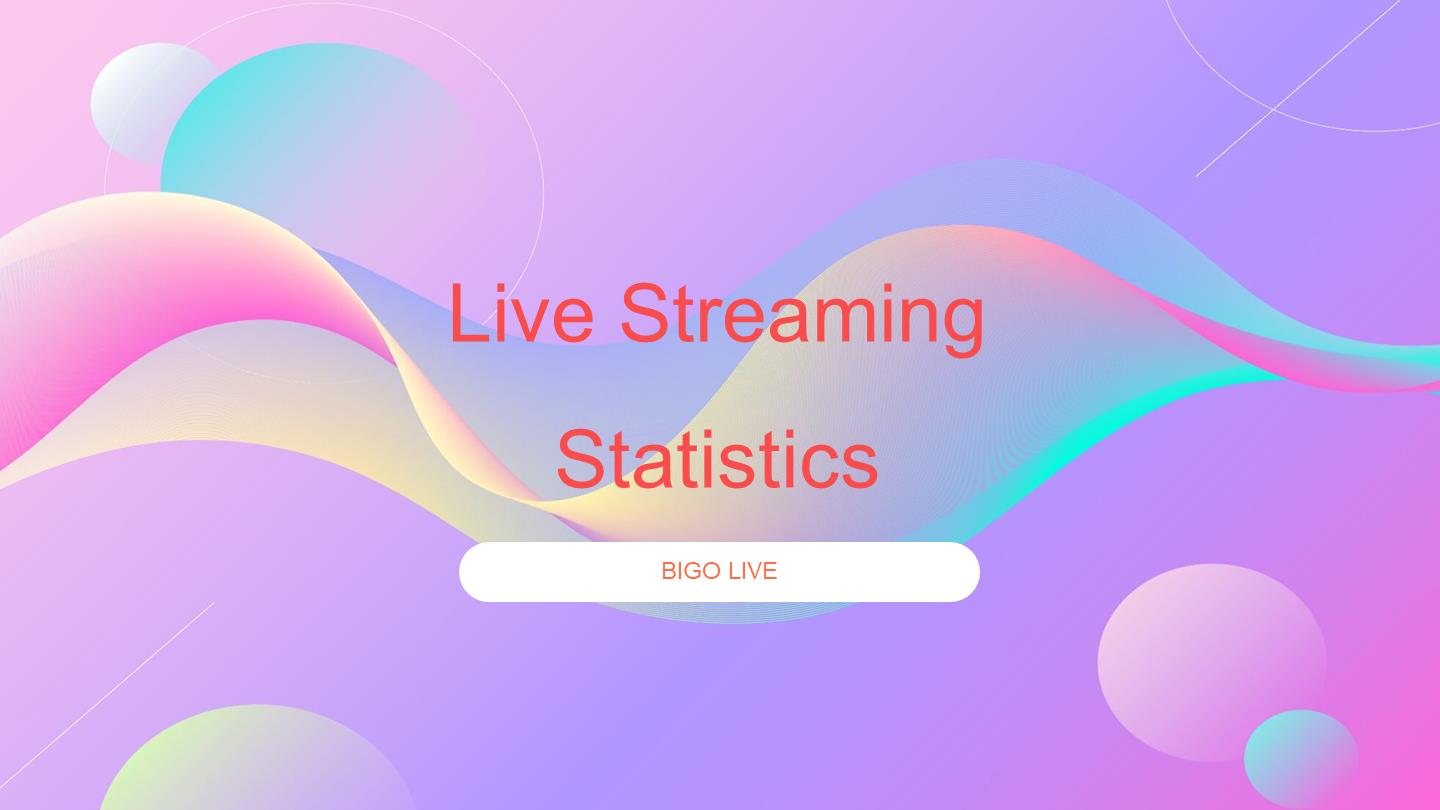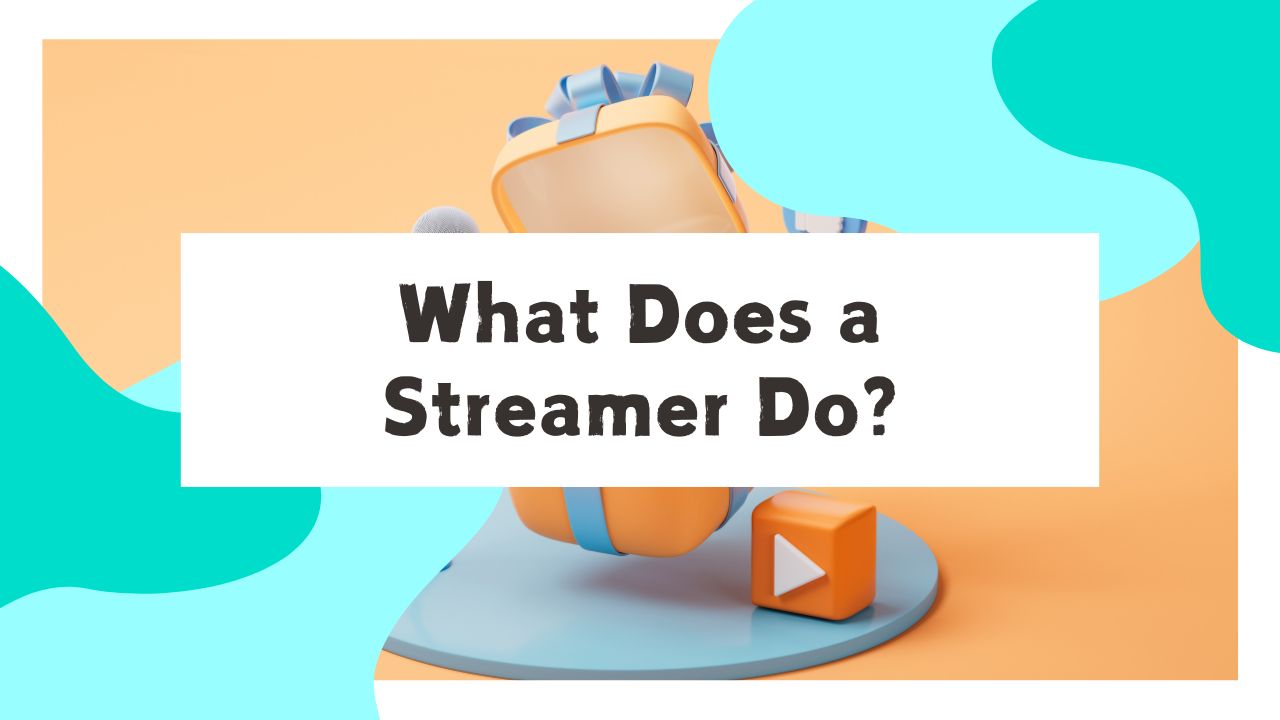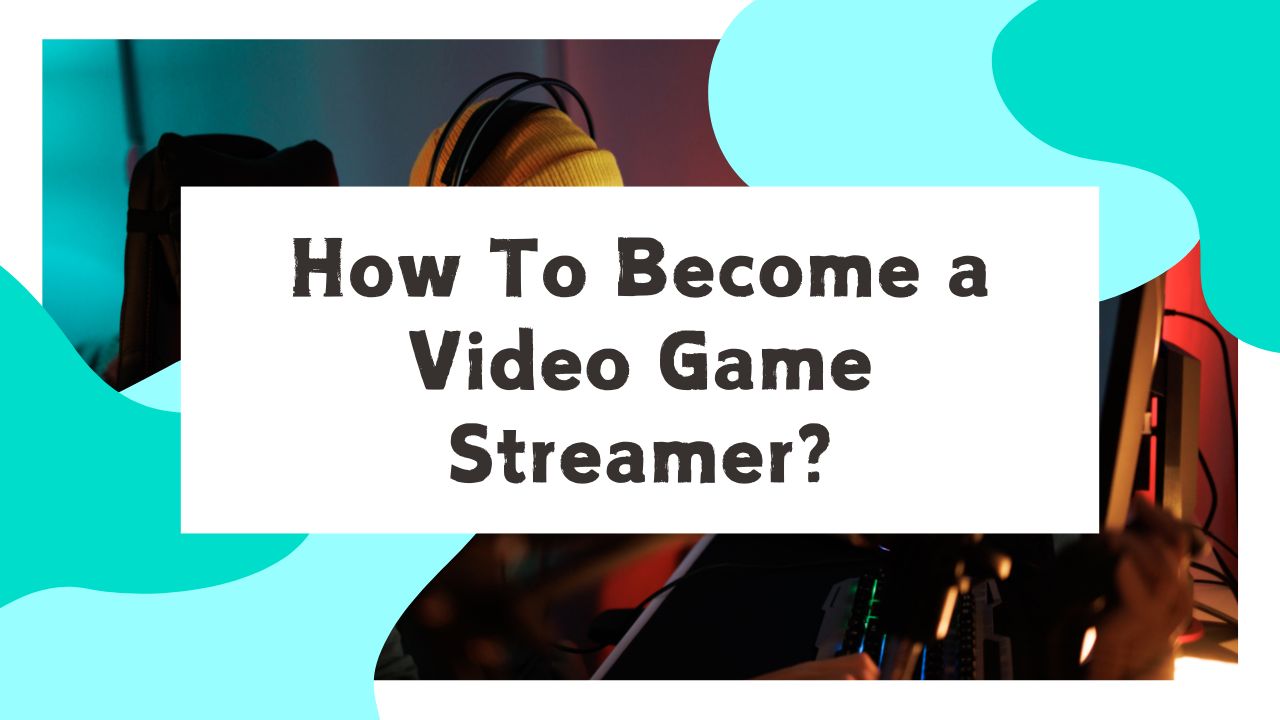Video game streaming has become a cultural phenomenon, with platforms like Bigo Live,Twitch and YouTube Gaming attracting millions of viewers daily.
If you’re passionate about gaming and dream of sharing your skills and personality with an audience, becoming a video game streamer might be the perfect career path for you.
This comprehensive guide will walk you through the essential steps to become a video game streamer, from setting up your equipment to building your brand and growing your audience.
1. Define Your Goals and Find Your Niche
Before diving into the world of game streaming, it’s crucial to define your goals and find your niche. Ask yourself:
- Why do you want to become a streamer?
- What kind of content do you want to create?
- Who is your target audience?
- What makes you unique as a streamer?
Your answers to these questions will help shape your streaming career and guide your decisions moving forward. Some streamers focus on competitive gameplay, while others prioritize entertainment and community interaction. Some specialize in specific genres or games, while others are variety streamers who play a wide range of titles.
Finding your niche is vital to standing out in the crowded streaming landscape. Consider your strengths, interests, and what you can offer that other streamers don’t. Are you exceptionally skilled at a particular game? Do you have a unique personality or sense of humor? Are you knowledgeable about gaming history or industry trends? Identifying your unique selling points will help you attract and retain viewers.
2. Set Up Your Streaming Equipment
To start streaming, you’ll need the right equipment. While you don’t need to invest in top-of-the-line gear right away, having a decent setup will improve the quality of your streams and make the experience more enjoyable for both you and your viewers. Here’s what you’ll need:
Gaming PC or Console
A powerful gaming PC is ideal for streaming, as it can handle both gaming and broadcasting simultaneously. If you’re using a console, you may need a capture card to stream your gameplay to your PC. Minimum PC specifications for streaming:
- Processor: Intel Core i5-4670 or AMD equivalent
- Graphics Card: NVIDIA GTX 960 or AMD equivalent
- RAM: 8GB (16GB recommended)
- Storage: SSD for faster load times
Microphone
Clear audio is crucial for engaging with your audience. Invest in a good-quality microphone to ensure your viewers can hear you clearly. Popular options include:
- Blue Yeti USB Microphone
- Audio-Technica AT2020USB+
- Rode NT-USB Mini
Webcam
While not strictly necessary, a webcam allows viewers to see your reactions and helps build a personal connection. Some popular webcams for streaming include:
- Logitech C920 HD Pro
- Razer Kiyo
- Elgato Facecam
Lighting
Good lighting can significantly improve the quality of your webcam feed. Consider investing in:
- Ring lights
- LED panel lights
- Softbox lighting kits
Internet Connection
A stable, high-speed internet connection is essential for streaming. Aim for at least 5Mbps upload speed for HD streaming.
3. Choose Your Streaming Software
Streaming software is necessary to broadcast your gameplay and manage your stream’s layout and features. The two most popular options are:
- OBS (Open Broadcaster Software): Free, open-source, and highly customizable
- Streamlabs OBS: Built on OBS but with added features and integrations
Both options offer similar functionality, so choose the one that feels most comfortable for you. Take time to learn the software’s features and set up your stream layout, including overlays, alerts, and scenes.
On Bigo Live, you can use BIGO LIVE Connector or BIGO LIVE Streamer.
4. Select Your Streaming Platform
While Twitch is the most popular platform for game streaming, it’s not the only option. Consider these alternatives:
- YouTube Gaming
- Facebook Gaming
- Bigo Live
Each platform has its pros and cons, so research them to determine which aligns best with your goals and target audience. You can also use multistreaming services to broadcast to multiple platforms simultaneously, though this may violate some platforms’ terms of service.
Although no longer at the peak of his popularity, Ninja remains one of the most recognizable names in streaming. Ninja has successfully expanded his brand beyond Twitch to YouTube and other media.
5. Create Your Channel and Brand
Your channel is your online home, so make it inviting and reflective of your personality. Consider the following:
- Choose a memorable username that’s easy to spell and pronounce
- Create eye-catching channel art and profile pictures
- Write an engaging channel description that explains who you are and what viewers can expect
- Set up panels (on Twitch) or sections (on YouTube) to provide additional information about your schedule, rules, and social media links
Developing a strong personal brand is crucial for standing out. This includes:
- Designing a logo or mascot
- Choosing a consistent color scheme
- Developing a unique streaming style or persona
- Creating custom emotes and subscriber badges (if applicable)
6. Plan Your Content
Successful streamers don’t just turn on their cameras and start playing. They plan their content to ensure each stream is engaging and valuable to their audience. Consider:
- Creating a content calendar to plan your streams in advance
- Developing recurring segments or themes for different days of the week
- Preparing talking points or topics to discuss during slower moments in gameplay
- Planning special events or challenges to keep your content fresh and exciting
7. Set a Consistent Schedule
Consistency is key in building an audience. Decide on a streaming schedule that works for you and stick to it. This helps viewers know when to expect your content and makes it easier for them to incorporate your streams into their routines. When creating your schedule, consider:
- Your personal commitments and energy levels
- Peak viewing times for your target audience
- The schedules of other streamers in your niche (to avoid direct competition)
Currently ranking as one of the top streamers on Twitch, KaiCenat has gained immense popularity with an average of over 100,000 concurrent viewers. However, do you know that KaiCenat streams for an average of 135 hours per month.
8. Engage with Your Audience
Interaction is what sets live streaming apart from pre-recorded content. Engage with your viewers to build a community around your channel:
- Greet viewers by name when they join your chat
- Respond to comments and questions in real-time
- Create polls or ask for viewer input on gameplay decisions
- Host Q&A sessions or dedicate time for non-gameplay chat
Remember, building a community takes time and effort. Be patient and focus on creating a welcoming environment for your viewers.
9. Network and Collaborate
Networking with other streamers can help you grow your audience and learn from others in the community. Consider:
- Participating in other streamers’ chats and Discord servers
- Joining streaming communities on social media platforms
- Attending gaming conventions or meetups (when safe to do so)
- Collaborating with other streamers for joint streams or events
Be genuine in your interactions and focus on building real relationships rather than just trying to promote your own channel.
10. Promote Your Channel
While creating great content is crucial, you also need to promote your channel to attract new viewers. Some promotion strategies include:
- Utilizing social media platforms like Twitter, Instagram, and TikTok to share highlights and updates
- Creating YouTube videos or short-form content to showcase your best moments
- Participating in online gaming communities and forums (without spamming)
- Using hashtags relevant to your content and niche
11. Analyze and Improve
Regularly review your streaming analytics to understand what’s working and what isn’t. Pay attention to:
- Peak viewing times
- Most popular games or content types
- Viewer retention rates
- Chat engagement levels
Use this data to refine your content strategy and improve your streams over time.
12. Consider Monetization Options
While making money shouldn’t be your primary focus when starting out, it’s worth understanding the monetization options available to streamers:
- Platform-specific programs (e.g., Twitch Affiliate/Partner, YouTube Partner Program)
- Donations, tips or virtual gifts from viewers
- Sponsorships and brand deals
- Merchandise sales
- Crowdfunding platforms like Patreon
Remember that building a substantial income from streaming often takes time and requires a dedicated audience.
13. Take Care of Yourself
Streaming can be physically and mentally demanding. Prioritize your health and well-being:
- Set boundaries between your streaming life and personal life
- Take regular breaks during long streaming sessions
- Stay hydrated and maintain good posture
- Have a support system to help you deal with the ups and downs of streaming
14. Stay Informed and Adapt
The streaming landscape is constantly evolving. Stay informed about:
- Platform changes and new features
- Emerging trends in content creation
- New games and industry developments
Be prepared to adapt your content and strategy as needed to stay relevant and continue growing your channel.
Conclusion
Becoming a successful video game streamer requires dedication, creativity, and perseverance. By following these steps and consistently producing high-quality content, you’ll be well on your way to building a thriving streaming channel.
Please note that success rarely comes overnight, so focus on enjoying the process and connecting with your audience. With time, effort, and a bit of luck, you may find yourself among the ranks of popular game streamers, turning your passion for gaming into a rewarding career or hobby.







